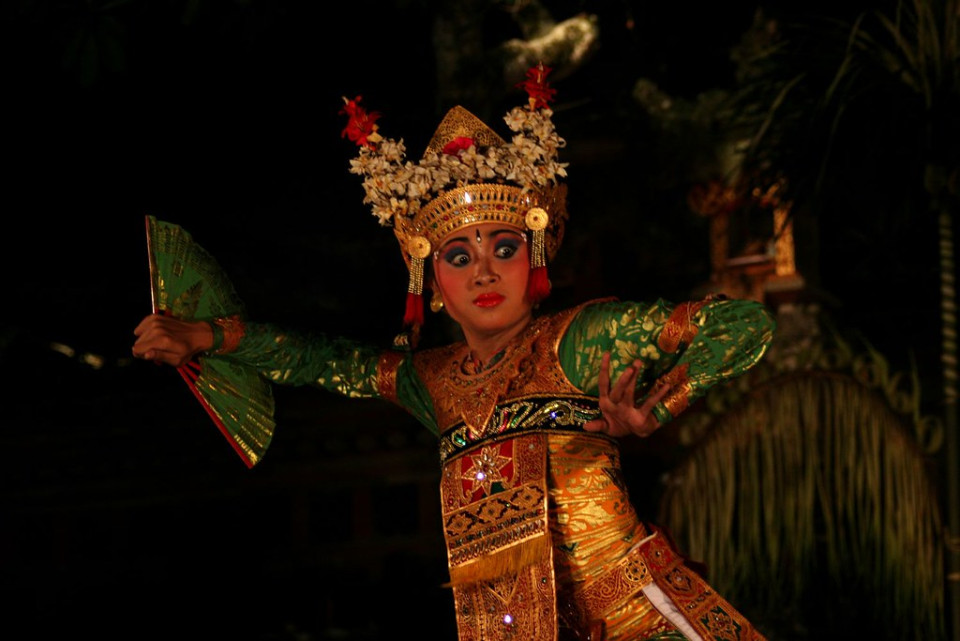
Get to Know Bali Indonesia Traditional Dance: Legong Dance
Early in the 15th century, when artists migrated from Java, Bali's artistic culture evolved. Dancing served as a bridge between Hindu and Balinese cultural ideas during this period. The history of traditional dance in Bali is distinctive and features a variety of dance styles. Knowing historical occurrences that influenced many dance styles still practiced in Bali today is a part of understanding its history. People employed dancing to ward off evil spirits via dance rituals before Bali established the numerous dance styles that people today associate with the culture and before the Hindu religion was accepted.

Legong is undoubtedly the most well-known type of contemporary Balinese dance performance. It deserves this distinction since this dance-drama style, performed mainly by three females, embodies the traditional Balinese female dance form. Around the start of the seventeenth century, legong was developed by fusing components from previous customs like gambuh and the sanghyang dedari trance dance with its numerous prehistoric animal dances.
Legong originally had a variation performed by young boys, but it was rechoreographed for females on royal instruction. Pre-adolescent females from neighboring villages were recruited and performed as legong dancers until adolescence. However, the majority of dancers in modern tourist performances are adults.
Legong's conventional narrative is based on a cycle of East Javanese stories about the exploits of the legendary Prince Panji. However, Legong is an implicitly abstracted dance theater, and the numerous occurrences are only faintly alluded to.

It generally focuses on only a portion of the entire story, in which the King of Lasem kidnaps Princess Rangka Sari, who has fallen in love with Prince Panji. The monarch attempts to capture the heart of the lovely princess, but she ignores his advances. The princess insists on the king defeating Panji in combat. On his journey to the battlefield, the sad king encounters a crow, the bird of ill omen. The monarch hits the bird arrogantly with his fan, sealing his doom in the next fight with Panji.
One of the dancers portrays the princess, another the king, and a third both the servant and the bird. All three dancers wear the same primary costume, with the waist and back securely wrapped in a long cloth belt and a long skirt concealing the legs. The outfits are often made of gold-embroidered dark green or violet cloth from court wear.
The dancers also wear a broad collar of gilded leather and headwear made of the same material embellished with fresh flowers. They frequently hold fans, and the dancer who plays the bird wears golden wings. The dancers used gold decorations and jeweled headgear in the original court performances.

The dancers do not talk or sing, and vocalists deliver the words from the orchestra. A rare sort of sweet-sounding gamelan accompanies Legong. The dance is based on gambuh, but the unique qualities of the outfit, such as the tightly bound waist and the tiny bottom half, give the dance a distinct style.
Traditionally, a legong performance begins with a sophisticated opening dance, followed by the play proper and an abstract epilogue dance. The figures communicate with quick motions and expressions, sometimes ending in exact synchrony, and the movements are swift, sometimes generating geometric floor patterns. The general atmosphere is almost frenzied.
Legong dancers begin training as young children. The intricate technique is taught to the girls by moving and twisting their arms, necks, and bodies until "the dance reaches their innermost essence," that is until they learn it. Many communities have their legong traditions, and the style is now employed for more than only staging The Adventures of Prince Panji.



